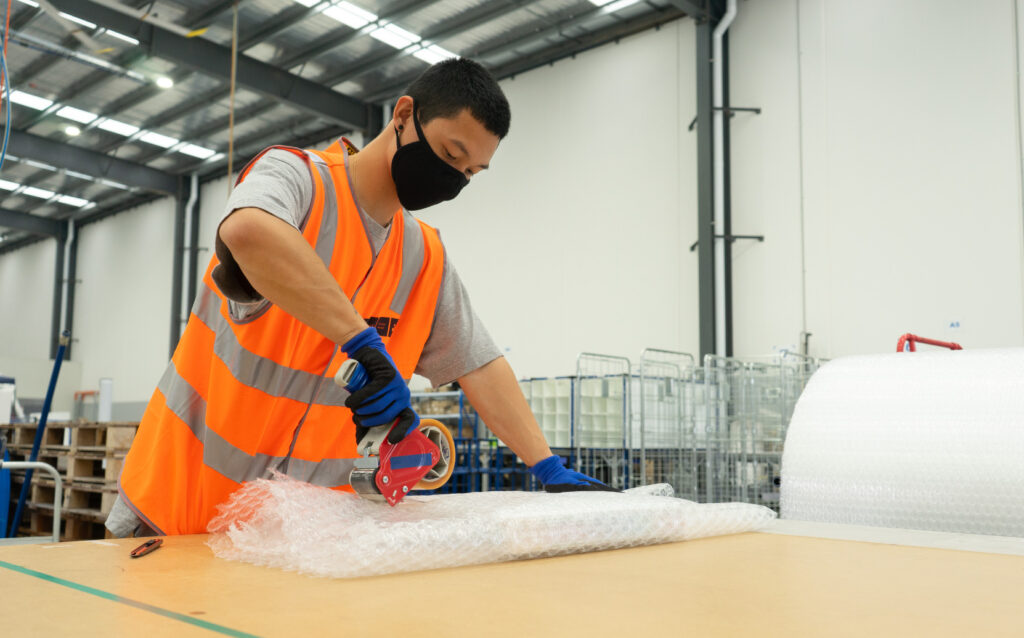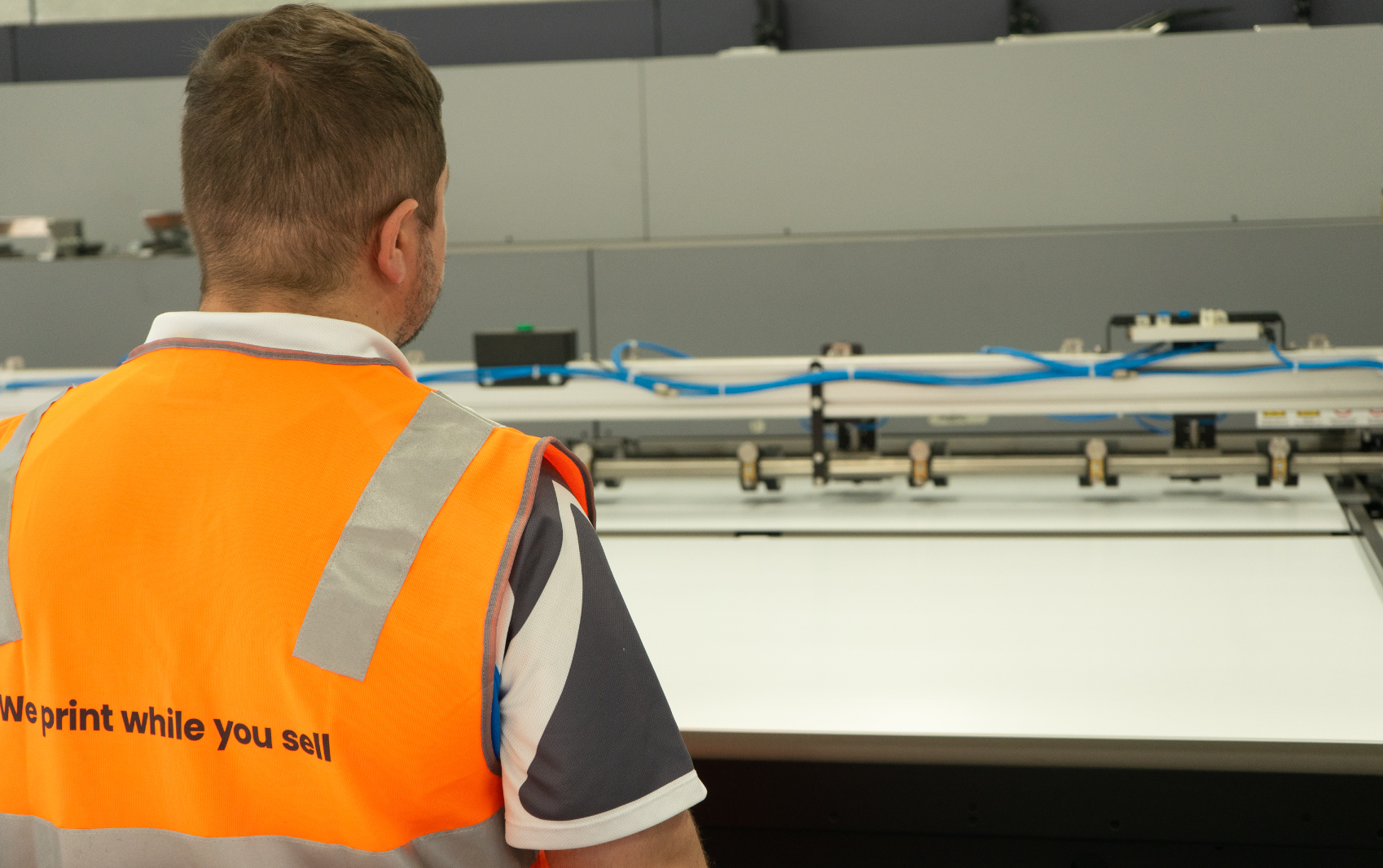Our trade printing process is fast – we can guarantee that. What we can’t guarantee, however, are shipping times. This comes down to a few factors but it boils down to the fact that we don’t control the courier process.
Everything up to the point of dispatch has been designed by us for efficiency. Automation, print modes, human inputs (where necessary), printing equipment placement – it’s all honed and continually reviewed. We’ve previously discussed how printing cut off times underpin our efficiencies – unfortunately couriers don’t operate the same way.
So whilst we can estimate when a pickup run may occur (particularly for couriers who do daily runs) it’s not an exact science.
When ordering with Mediapoint, and any trade printer really, be aware that there may be variance in delivery time. We can guarantee the printing will be done within our allotted timeframe – but not anything past the point of dispatch.
So let’s outline a few things print resellers can do to mitigate delays:
1) Provide all Label Information for Dependable Shipping Times
Shipping information is an often overlooked point of criticality in the production process. How fast an order can be completed and dispatched hinges on having correctly labelled items.
By providing all shipping information and labels when placing an order means no downtime when a print job hits production. Once a job is placed into our printing production line it cannot be changed – neither can dispatch information. For the sake of efficiency and accuracy printers will require this info upfront. It’s up to the customer to confirm all the courier details / requirements – but it’s really not that much of a burden.
Whilst we cannot guarantee shipping times at Mediapoint, we can promise that your print job will be on the production floor within a short time when ordering by the cutoff. It’ll be ready for dispatch the next business day at the latest.
2) Leverage Your Courier Options for Print Jobs
Mediapoint customers have the choice of multiple couriers for delivery of print jobs. We maintain strong relationships with many couriers to limit the impact that delays or unavailability of one courier can have on delivery times.
We have TNT, StarTrack and CouriersPlease completing daily pick ups to maximise distribution and mitigate delays for delivery across the country.
If customers prefer (or require) a bespoke/ or alternative shipping method that’s fine too. They just need to provide the label at ordering and time the pickup for when the job is complete. We encourage print resellers and print brokers to investigate the various delivery options available to them.
3) Use a Dependable Trade Printer
When you utilise a dependable, efficient trade printer you can be sure that the actual print process delay orders. Plus, a reputable printer will general have several options for delivery to give customers the best chance of receiving print jobs ASAP. Our Lean, efficient processes and minimal manual handling or service not only enables us to pass savings onto our customers. It also means we can guarantee printing turnaround times to the point of dispatch.
Our customers love that they can on-sell print with better margins, and peace-of-mind that whilst delivery times can’t be guaranteed they are still likely to receive them within an adequate window
Mediapoint has made the print process easier for all parties by being clear about our requirements and guarantees. If you’d like a dependable, reputable trade printer – set up an account and give us a try.
















